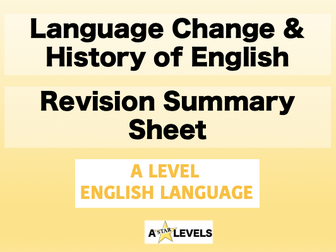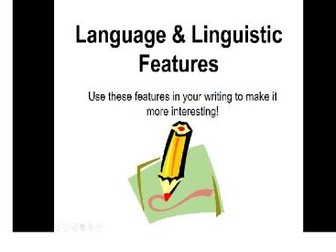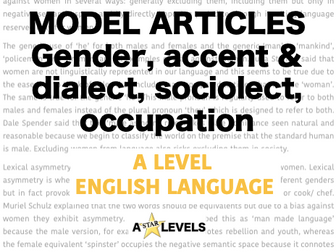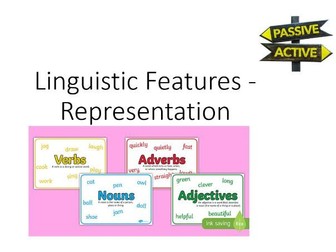A Level English Language - Political Correctness - AQA - Linguistic Reflectionism & Determinism
<p>This is a lesson introducing students to the concepts surrounding political correctness and linguistic reflectionism and determinism.</p>
<p>It explores the Sapir-Whorf Hypothesis, Steven Pinker, The Euphemism Treadmill, Miller and Swift, Fairclough, David Crystal and Deborah Cameron’s views on the issue.</p>
<p>There is a final writing prompt, plus a past paper exemplar from AQA.</p>
<p>It will take approximately 2 hours to cover in enough depth.</p>
<p>Enjoy!</p>







